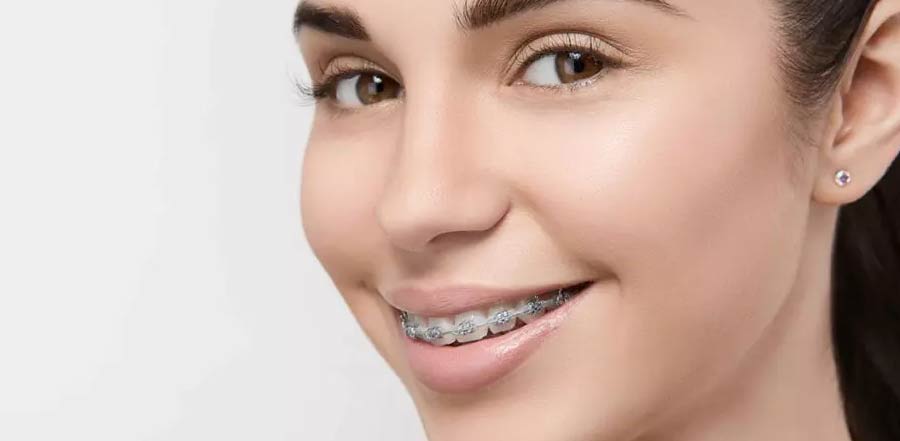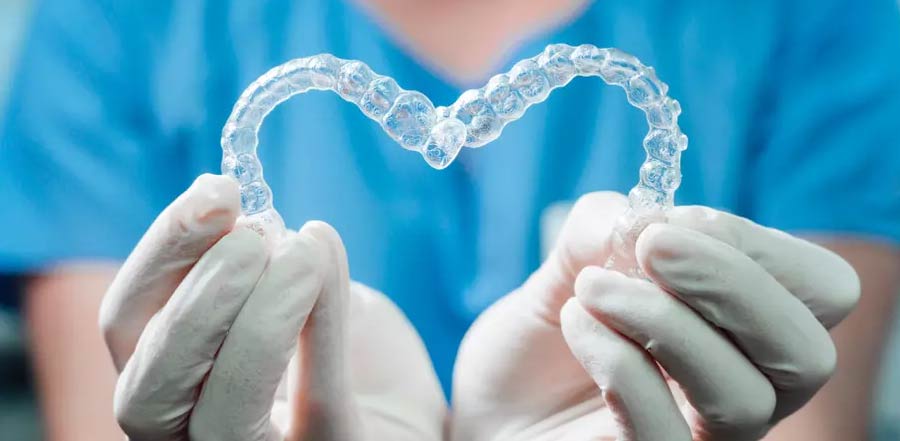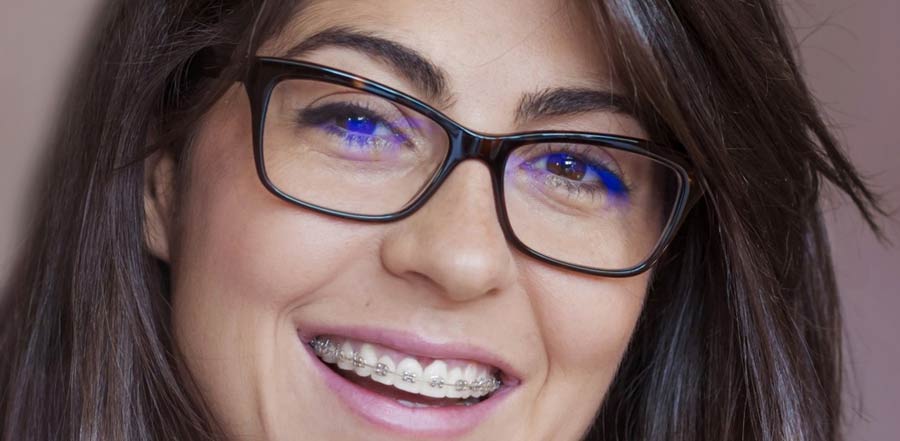Orthodontist in Miami-Dade
Everybody looking for Orthodontist in Miami-Dade needs to consider Dr. Carmen Briceño Crespi at Lakes Orthodontics an award-winning, board certified orthodontist with more than twelve thousand successful cases to her name. That is important because nowadays expertices has taken a back seat to price. But just like you will not hire a surgeon to fix your phone you should not go to a general dentist if you are looking for Orthodontist in Miami-Dade.
Orthodontist in Miami-Dade
Dental Practitioners and orthodontists have several commonalities. For starters, they can both be dentists. Both spent thousands in institutions to earn a bachelor degree in dentistry. They handle the oral hygiene of their patients. An orthodontist is able to offer the same care as a family dentist however a family dentist is not qualified to offer the same quailty of care as an Orthodontist. Thus there are many basic differences between an orthodontist versus a dentist.
An orthodontist is required to undertake more schooling when compared to a dentist. This is done for him or her to operate as a dental specialist in orthodontics. This is a lot like your family doctor who has to have additional schooling to become a surgeon. A family dentist stops at a general dental degree. An orthodontist, on the other hand, must finish this same dental degree in addition to getting a specialist degree which will take an extra three years.
A dentist offers an array of services including repairing teeth and dental cleaning. A dentist can provide gum care, fillings, and teeth whitening. He/She is able to perform oral care to veneers, crowns and bridges. An orthodontist is a specialist in jaw and jaw alignment. Orthodontic services helps in facial development.
Another difference between a dentist versus an orthodontist is the fact that dentists refer patients with assorted dental difficulties to orthodontists. Dentists are are not qualified to offer orthodontic care. Cases like improving one’s bite, fitting for corrective devices and teeth alighment must be directed to these dental specialists.
A dentist can detect and treat diseases from the teeth, and gums. He or she provides oral care to clients spanning various ages. An orthodontist annalyse and treats poorly aligned jaws, crooked teeth and overbites or underbites. They offer this care to patients of all ages.
In dentistry, different services are provided by a dentist versus an orthodontist. You must see an orthodontist for orthodontic care, which cannot be offered by a dentist who is not qualified. And, you ought to see the dentist for general dental hygiene. They both play important roles in oral care. You have to make a well-informed decision when deciding on which one to use. Regardless of what we tell you it would not be smart to trsut what any website says is not very samrt and this is why we recommend you read our Google reviews. A lot of individuals choose Lakes Orthodontics for Braces Plantation over thousands of local orthondontists. Nevertheless, if you would like more information about Orthodontist in Miami-Dade please visit at our blog, where you will find several post on not only best Orthodontist in Miami-Dade, but a lot of other subjects concerning everybody looking to get Invisalign
Blog Post Realted to Orthodontist in Miami-Dade
Does Insurance Cover Invisalign?
More and more people are abandoning traditional braces for the more comfortable and less noticeable option—Invisalign. Still, there are some who are scared to get Invisalign [...]
Invisalign Vs. Braces For Adults
Which type of orthodontic treatment should you choose to help you fix your teeth and get the beautiful smile that you have always wanted? We are [...]
Orthodontic Horror Stories!
How you should choose your orthodontist for your Invisalign or braces treatment to avoid being a victim. I have had thousands of people come to my [...]





